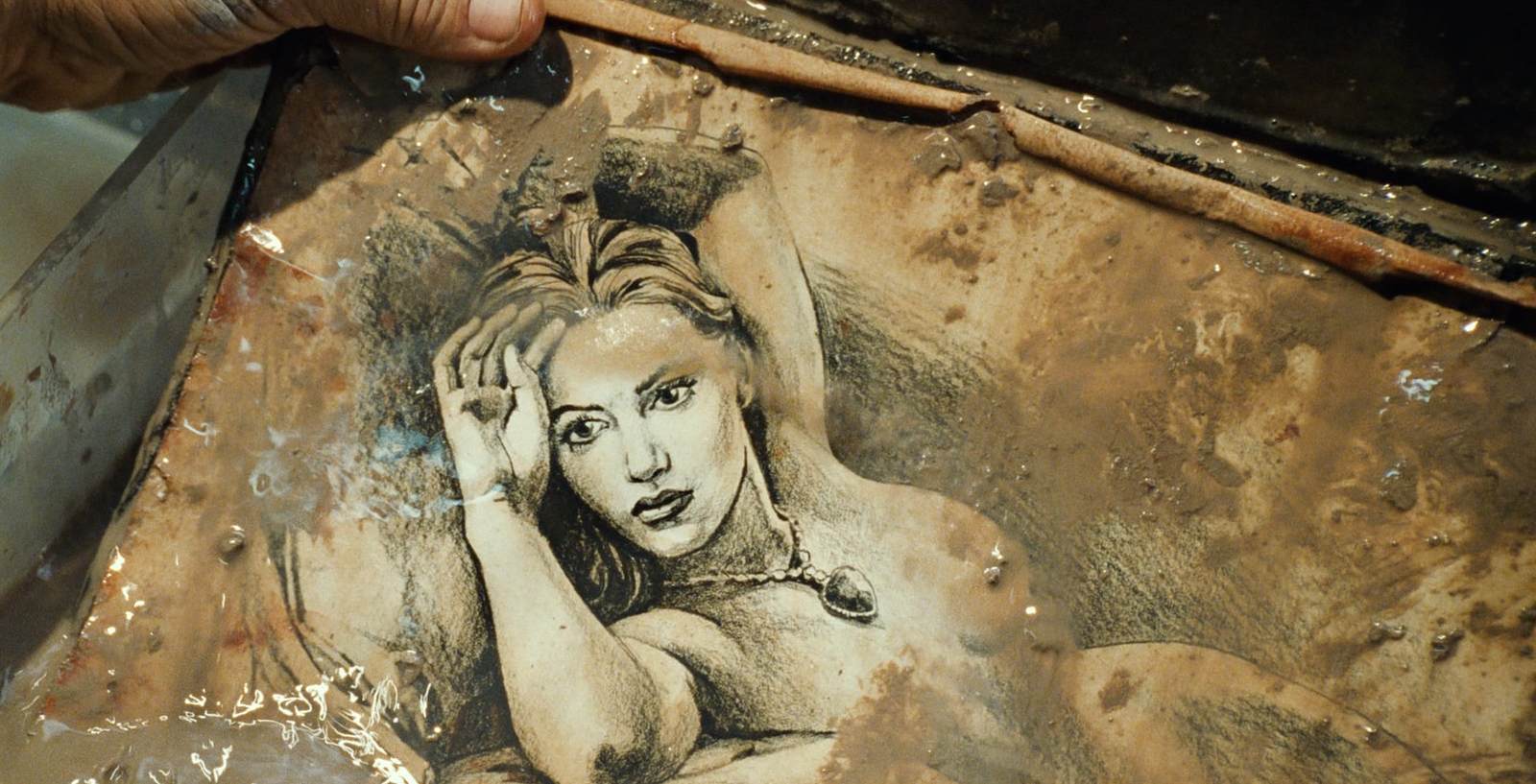
Twenty years ago on December 19, 1997, Titanic splashed onto the big screen, shattering box office records. It is one of those quintessentially ‘90s films that reminds an entire generation of being a certain age at a certain time in a certain place, particularly resonating with young people for its Romeo and Juliet get wet theme. The two intervening decades are enough to make us kids who came of age back then feel like old Rose.

Like its contemporary pop-culture opus, Clueless, which featured a work by Claes Oldenburg and coined the phrases “Botticelli chick” and “full-on Monet,” Titanic is liberally peppered with high-brow (albeit obvious) art history references. Rose’s first act upon boarding the ill-fated liner is to decorate her stateroom with what Cal calls her “finger paintings,” a collection of works by Monet, Degas, Cezanne, and “something Picasso.” Cal densely critiques, “Something Picasso...he won’t amount to a thing...at least they were cheap.”

Kate Winslet as Rose inspecting her “something” Picasso, based on Les Demoiselles d’Avignon that Picasso had finished five years before the Titanic sank.
Jack later admires her taste in art before adding his own contribution, the iconic nude sketch of Rose wearing the Heart of the Ocean.

The priceless masterpieces ultimately drift beneath the surface as the stateroom floods (by far the most tear-jerking scene for art nerds), and fortune hunters recover and restore Jack’s risque drawing almost a century after as the pivotal clue to the whereabouts of the diamond. Of course, art historians dispute that works by those artists went down on the Titanic, and a drawing on paper surviving 84 years under miles of ocean may seem a bit far fetched.

Even so, here are some true cases of artworks lost and/or found at sea which prove that there was more than a kernel of plausibility to James Cameron's epic.
Titanic: The Real Story

Copy of La Circassienne au Bain by John Parker, after an original by Merry-Joseph Blondel (left). Hecuba and Polyxena by Merry-Joseph Blondel, at the Los Angeles County Museum of Art (right), giving some idea of what the original might have looked like stylistically.
The fictional plot points of sunken masterpieces, a nude artwork, and an insurance claim on an outrageously expensive diamond lost aboard the Titanic have echoes of the real-life story of La Circassienne au Bain. The enormous neoclassical painting of a nude beauty debuted at the Louvre in 1814 to limited fanfare, but grew in reputation and popularity over time. Tragically, the work went down on the Titanic while in the possession of Swedish businessman Mauritz Hakan Björnström-Steffanson. Steffansson, who survived the disaster, filed a compensation claim for over two million dollars in today’s money. Thus, the painting was the most valuable item lost in the sinking, analogous to the famous “Heart of the Ocean” in the film.

HMS Colossus
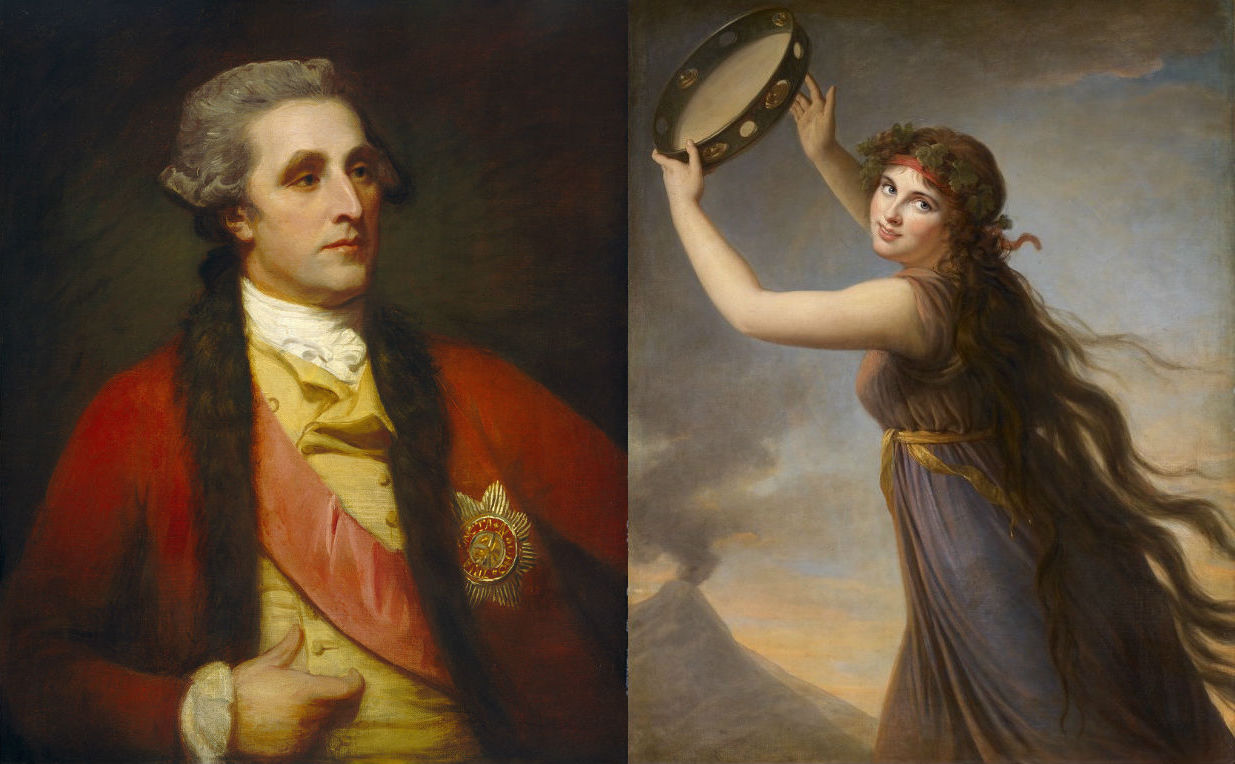
Sir William Hamilton by George Romney, at the National Gallery of Art Washington DC (left). Lady Hamilton as Bacchante by Louise Elisabeth Vigee Le Brun, at the Lady Lever Art Gallery (right).
Sir William Hamilton is known for his diplomatic service on the eve of the Napoleonic Wars and his scandalous open marriage with Lady Emma Hamilton. Emma was a famous beauty and artistic muse who inspired the likes of Vigee Le Brun, Sir Joshua Reynolds, Angelika Kauffmann, and George Romney. She also just happened to be the mistress of Britain’s greatest hero, Admiral Horatio Nelson, himself a married man.
Sir William’s scandalous personal life overshadows his artistic contributions. While British Ambassador to Naples on the eve of the Napoleonic Wars, he accumulated a plethora of artistic treasures and antiquities, contributing immeasurably to the collections of such venerable institutions as the British Museum and the Victoria and Albert Museum. Unfortunately, part of his priceless collection of classical Greek vases went down aboard the HMS Colossus en route from Naples to Britain in 1798. However, salvage diver Roland Morris discovered the wreck in 1974, including shards of the broken vases. After nearly 200 years in darkness on the ocean floor, the reconstructed vases now sit proudly in the British museum for all to see.
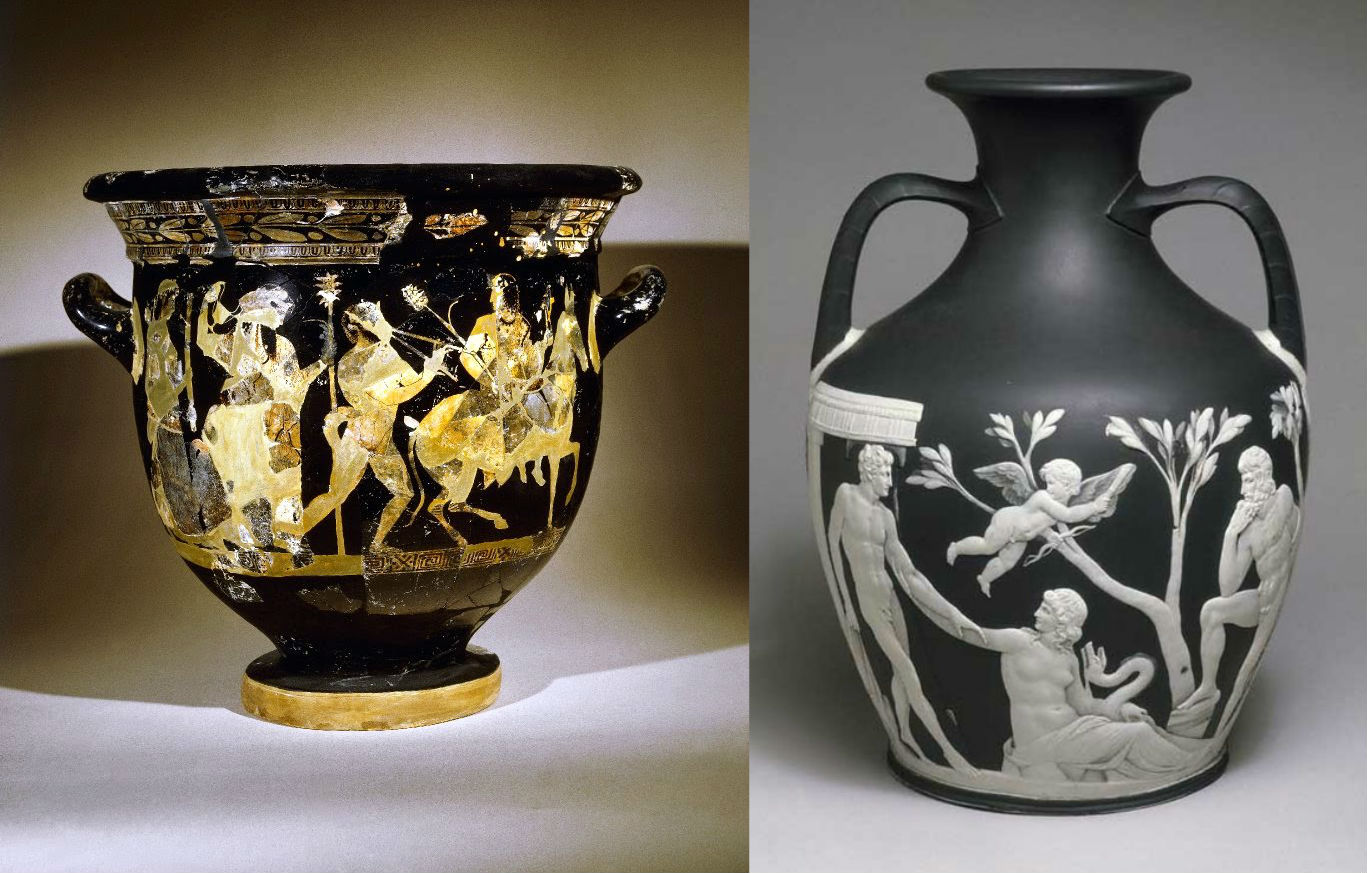
Vase reconstructed of fragments recovered from the Colossus, at the British Museum (left). Replica of the Portland Vase from Sir William’s collection, at the Victoria and Albert Museum (right), hinting at the original splendour of the vases damaged in the wreck.
Vrouw Maria
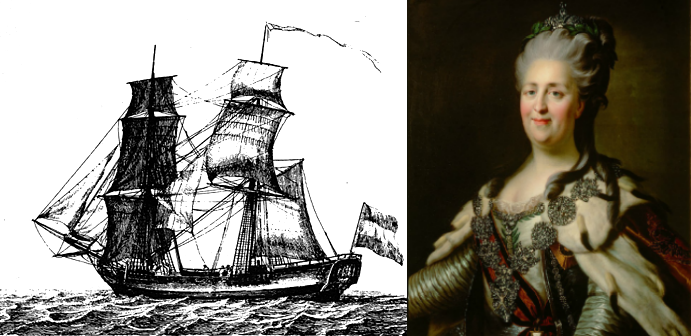
Illustration of the Vrouw Maria before her sinking (left). Catherine II by Johann Baptist von Lampi the Elder, at the Museum of Art History Vienna (right).
In 1771, the Vrouw Maria set sail from Amsterdam to Saint Petersburg laden with masterpieces by a who’s who of the Dutch Golden Age, including Paulus Potter, Gerard ter Borch, Cornelis Coedyk, Gabriel Metsu, Gerard Dou, and Philip Wouwerman. Especially notable among the works were Potter’s Large Herd of Oxen and Borch’s Woman at her Toilette. The paintings were personal possessions of Empress Catherine the Great of Russia, bound for her newly founded State Hermitage Museum, but the ship went down in a storm off of Finland.

The Young Bull by Potter, at the Mauritshuis (left), probably in the style of Large Herd of Oxen. Surviving version of Lady at her Toilette by ter Borch, at the Detroit Institute of Arts (left), probably similar in composition to the lost version.
Yet, the story doesn’t end there. When the wreck was discovered in 1999, the cargo hold was intact and undisturbed, meaning that the contents must still be inside. The cold temperatures and low salinity of the Baltic Sea are ideal for the preservation of soft, organic materials such as canvas and wood. Furthermore, the works were sealed in wax for shipping, so if water hadn’t penetrated the seal, the paintings may very well survive in near-pristine condition after two and a half centuries. Hopes to salvage the paintings have thus far come to nothing, but recovery efforts continue, led by the Finnish National Board of Antiquities.
SS Normandie
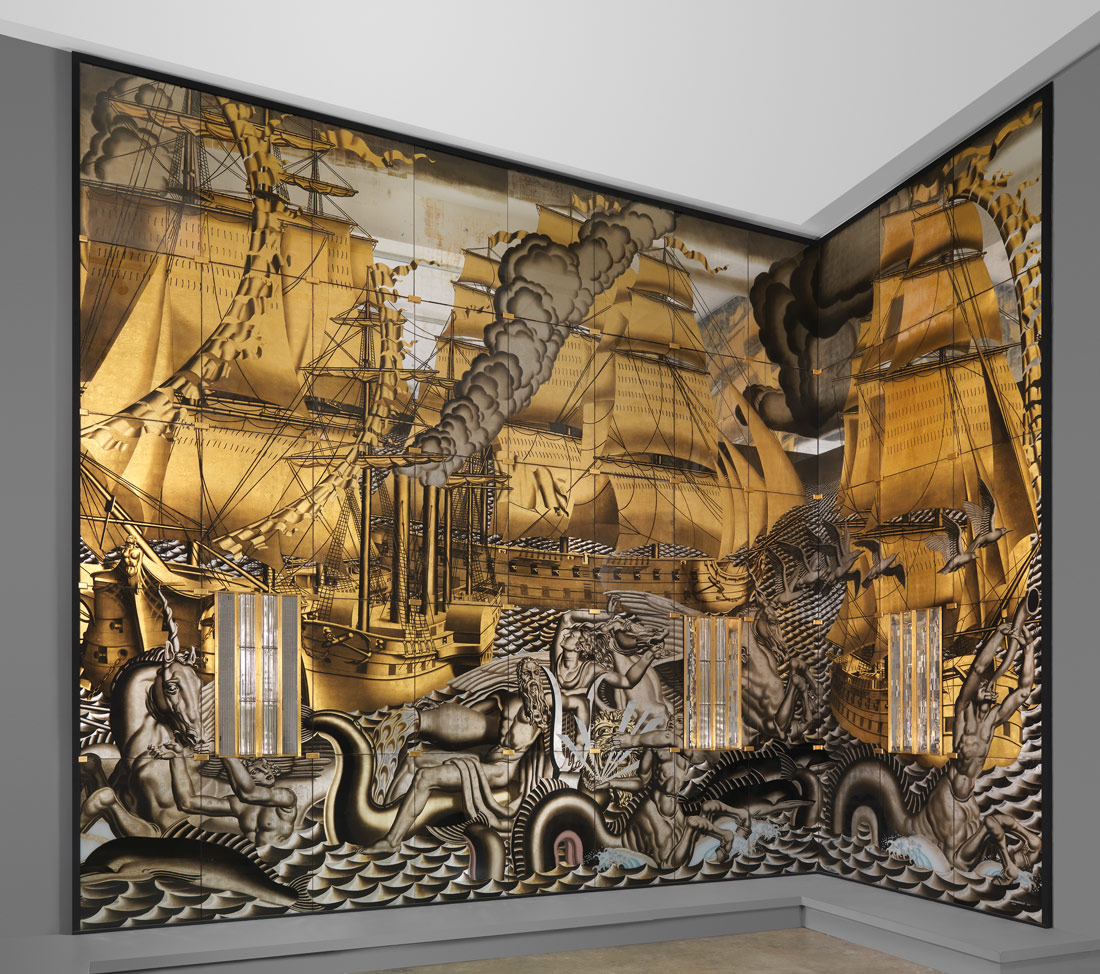
History of Navigation by Jean Dupas, at the Metropolitan Museum of Art.
The French government subsidized the lavish design and construction of the SS Normandie, even as millions starved in the Great Depression and the spectre of World War II loomed on the horizon. She dwarfed all earlier liners (including the Titanic) in size, speed, luxury, and elegant aesthetics, winning an unofficial reputation as the most beautiful liner ever built. This was due in large part to Jean Dupas’ breathtaking Art Deco murals that adorned the first class salon. In fact, the Normandie’s sleek interiors were so influential that “ocean liner style” was synonymous with Art Deco throughout the 1930s. Fittingly for a ship described as a “temple of beauty,” the Normandie played host to the world’s rich and famous during the golden age of travel, including art world celebrities like Frida Kahlo and Salvador Dali.
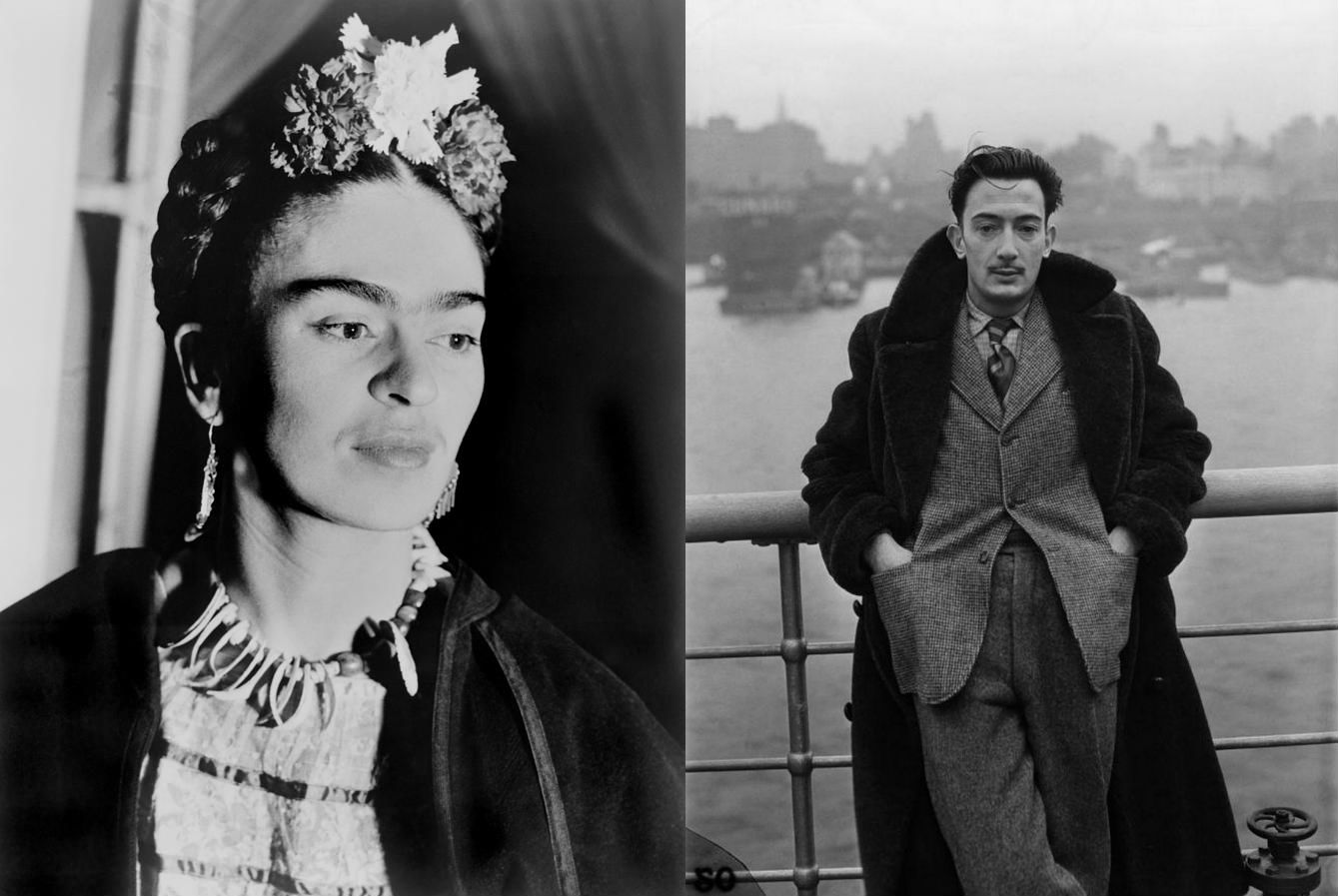
Photographs of Kahlo and Dali taken aboard the SS Normandie at the height of her glamour.
When France fell to the Nazis in 1939, the US commandeered the Normandie to serve as a troopship, and stripped her of most her decorative fixtures and (ill-advisedly) her fire containment system. Consequently, the ship caught fire in 1942 and capsized in the Hudson River, thankfully sans Dupas’ murals. The section in the Met (top) is the only full corner surviving intact, giving a taunting glimpse of the overall effect.

Demise of the SS Normandie in New York Harbor, 1942. Fun fact! Alfred Hitchcock used the shipwreck in the filming of his wartime thriller, Saboteur.
Dress from the Deep
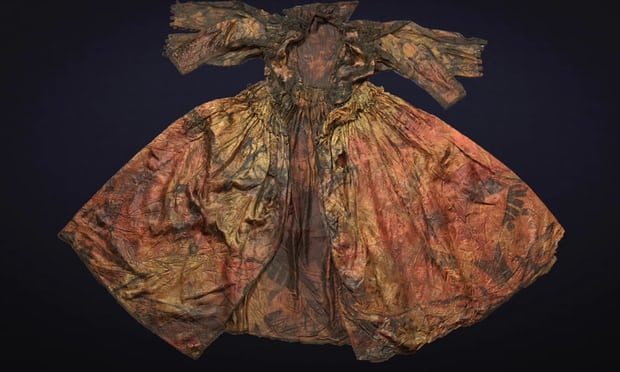
Dress circa early 17th Century, at the Kaap Skil Museum, Netherlands.
In 2015, divers off the coast of the Netherlands discovered this 17th-Century silken gown, kept incredibly well-preserved under the protective sand for nearly 400 years. The odyssey of this dress and the woman who wore it unfolded in a swashbuckling tale fit for a James Cameron blockbuster in and of itself. In 1642, Queen Henrietta Maria of England’s retinue set sail for the Netherlands with the purported purpose of escorting her daughter to be a royal bride, but actually on a top-secret mission to hock the crown jewels to raise funds for the English Civil war. Entrusted with this mission was the Queen’s lady-in-waiting, Jean Kerr, Countess of Roxburghe. Jean was an adept spy who had previously funneled communications to the King of Spain in the service of her former mistress, Anne of Denmark. The voyage went sour when part of the royal fleet sank in a storm.

Jean Kerr, Countess of Roxburghe by Marcus Gheeraerts the Younger, in a private collection (left). Princess Henrietta Maria of France, Queen Consort of England by Anthony van Dyck, at the San Diego Museum of Art (right), wearing clothing of the period.
Historians might never have drawn the connection between Jean Kerr and this dress, had not a 1642 letter resurfaced referring to the Queen’s ladies losing their wardrobe at sea. Additionally, a book discovered alongside the garment is embossed with the coat of arms of King Charles I, husband of Henrietta Maria. Researchers singled out Jean Kerr among the royal entourage, since the dress matched her measurements and the style she favored. No doubt, this miraculous rediscovery gives hope to the millions of fangirls hoping to get their hands on some of Rose’s bomb-ass wardrobe in Titanic.
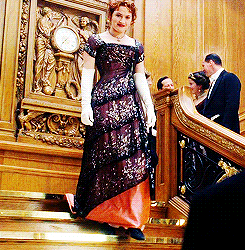
Thus, our story comes to a close with the same moral lesson as Titanic: It’s never too late to get back your long-lost bling...
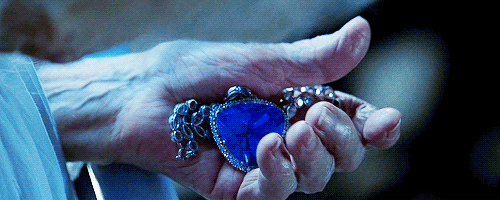
...or your long-lost art.
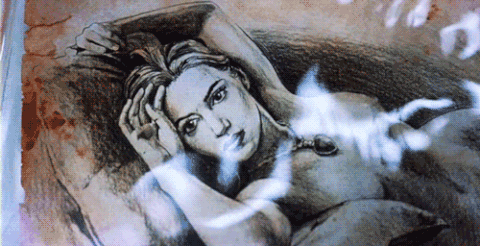
By Griff Stecyk










How did they clean the drawings found in the muck and mud?